 2022-06-15
2022-06-15
At present, the application of Mini LED and Micro LED is gradually gaining the favor of major brands, and products such as notebooks, TVs, and monitors related to Mini LED and Micro LED continue to emerge.

Thus, manufacturers in the chain have accelerated the production of Mini LED and Micro LED.
With the continuous advancement of information technology and mass transfer technologies, Mini/Micro LED has become the mainstream trend of the market. So, what are the differences between Micro LED and Mini LED?
1. Size difference
Micro LED is smaller than Mini LED in size. Micro LED needs no backlight modules and optical films, and is adopted with inorganic materials to form the light-emitting layer to resist OLED burnin. The penetration rate of Micro LED is 90% higher than those of LCD and OLED, therefore it saves power for the display.
Micro LED is half in size compared to Mini LED, about 50 microns in size only. Both of its high resolution and high response rate of Micro LED are better than those of OLED. The power consumption of Micro LED is 90% lower than LCD and 50% lower than OLED.
2. Technical differences
Micro LED is to weld all micro-light-emitting diodes to the TFT substrate. The volume of each ultra-micro LED crystal is less than 30 nanometers. For example, the number of pixels on a 1, 080p screen is as high as 2.07 million, and the number of pixels on a 4K screen is as high as 8.29 million. It is expected that by 2027, Micro LED technology may be popularized and therefore costs reduced.
The advantages of Micro LED are: high brightness, high contrast, high resolution, high reliability, fast response, more energy-saving, and lower cost, etc. Micro LED is 30% higher than OLED in brightness, thus it is more suitable for automotive, industrial and the military fields.
Mini LED is 10 times smaller in size than the LED (3mmx3mm) of an ordinary LED screen, that is down to 100 microns, and the pitch is smaller, less than 1mm. The small pitch makes the image clarity and contrast better, close to the quality of OLED, but its price is only 70% of that of OLED.
OLED (Organic Light-Emitting Diode, abbreviated OLED) and can also be called organic light-emitting semiconductor. The screen does not need backlight modules and color filters. The structure of OLED is simpler. The cost and price are high, and there are problems of residual burnin and color shift on the screen.
In short, the strength of Mini LED and Micro LED is becoming more and more prominent, and it is more and more widely focused by investors.

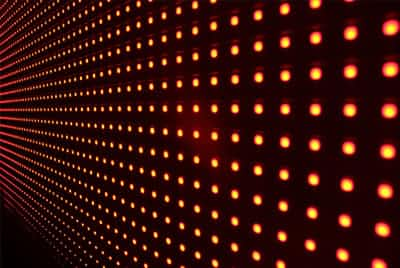
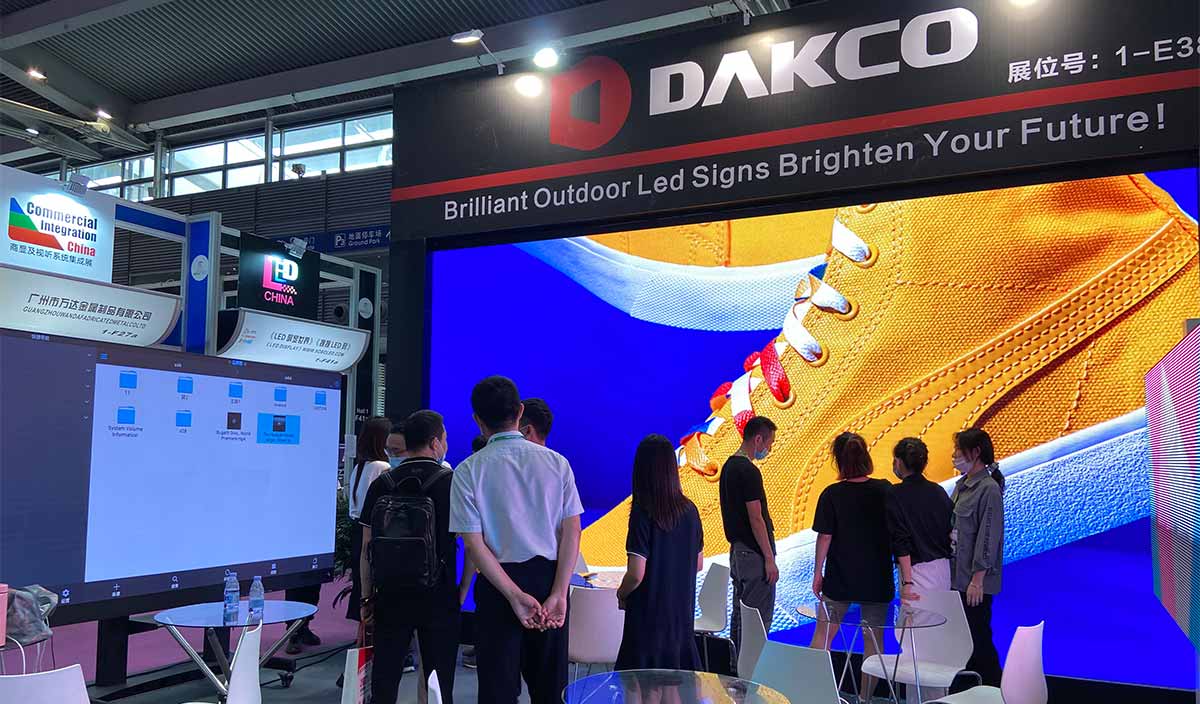

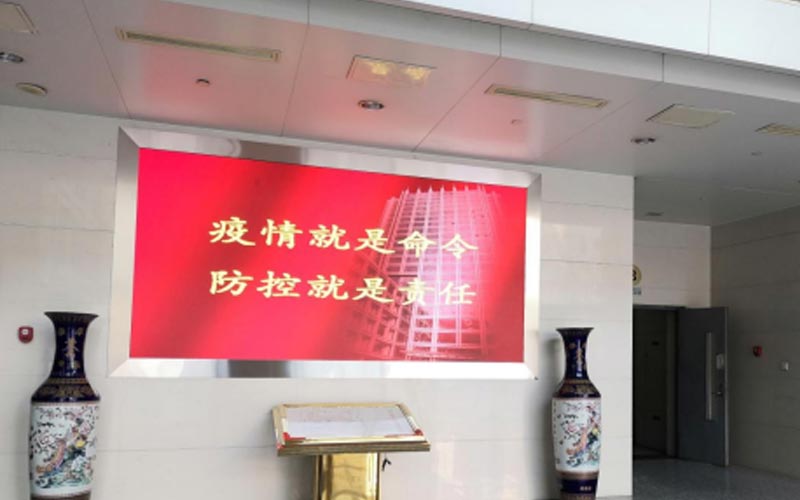
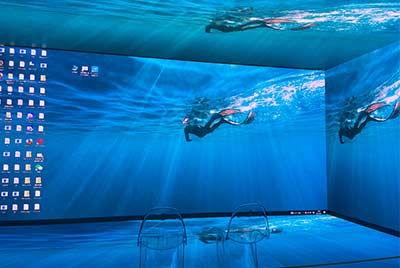
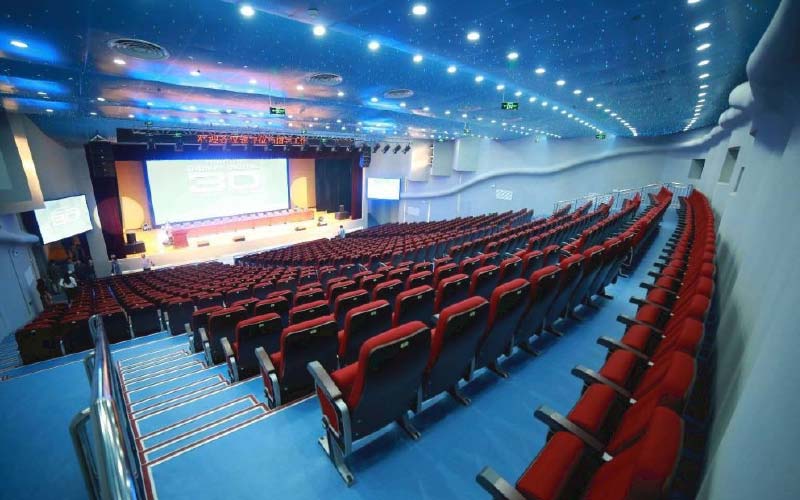




Need good-quality LED displays for your projects? Interested in becoming one of our distributors? In need of technical supports to better serve the customers? Want to learn more about our products & services? Please hesitate no more and contact Dakco via the link below!
Contact us